Rare games meant a lot to the people who played them, so a collection of 30 of (most) of their best works should mean a lot to children of the Spectrum ZX, the Nintendo 64 and even the Xbox 360. Combined, they’re part of a new collection on the Xbox One that is one of the most extraordinary bundles to ever hit consoles a great meeting place for Nintendo and Xbox loyalists. The collection is full of games that are at times gorgeous and difficult, nearly always weird. It’d probably first help if I explained what in the world Rare Replay contains.
What Rare Replay Is
At a glance, the games in this 30-title collection have little in common. There are 16 early computer and console games, including two games about brawling toad-men, two racing games involving radio-controlled cars, a western, a few sci-fi adventures, a skiing game and a mining game. Among the other 14 more modern titles are a fighting game, two first-person shooters, three 3D platformers (one of which has a content warning on it), a game about blowing up buildings, and two games about breeding Piñatas.
Here, look:
Here, read:
Jetpac, Atic Atac, Lunar Jetman, Sabre Wulf, Underwurlde, Knight Lore, Gunfright, Slalom, R.C. Pro-Am, Cobra Triangle, Snake Rattle N Roll, Digger T. Rock, Solar Jetman, Battletoads, R.C. Pro-Am II, Battletoads Arcade, Killer Instinct Gold, Blast Corps, Banjo-Kazooie, Jet Force Gemini, Perfect Dark, Banjo-Tooie, Conker’s Bad Fur Day, Grabbed by the Ghoulies, Perfect Dark Zero, Kameo: Elements of Power, Viva Piñata, Jetpac Refuelled, Banjo-Kaooie: Nuts & Bolts, Viva Piñata: Trouble in Paradise.
The games have one unifying trait: they’re the work of a variety of game developers working for a studio that’s been called Rare for nearly 30 years but was also called Ultimate Play The Game early on. The games might also be unified by being so difficult that you’ll invent new curses as you play them, though the relative ease of games in the collection’s latter half, such as Banjo-Kazooie and Kameo Elements of Power, gently kills that idea.
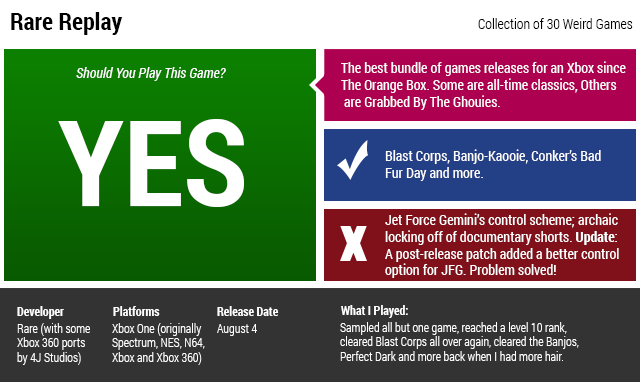
Some of these games stand the test of time and are still very fun (Blast Corps! Banjo-Kazooie! Even Jetpac!).
One of them — Jet Force Motherfucking Goddamn Gemini — is so hobbled by outdated controls that it could hardly be more uncomfortable to replay if starting it each time required a blood donation. Man. I used to love that game. Or at least I used to convince myself I loved that game, as I thought the the guy who reviewed it for IGN in 1999 did. Rereading his review, I notice that he did write that “I can honestly say that I enjoyed the experience very much,” but also wrote that “we’ve put more than 45 hours into the title… [a]nd when we try to snipe an enemy down from a tree in the distance, we still can’t help but struggle with the aiming system.” It only took me 45 seconds to reacquaint myself with that struggle.
I know Jet Force Gemini was an early third-person shooter and was made for a system, the Nintendo 64, that only had one analogue stick on its controllers. It’s still a ludicrous creation. How in the world did the 1999 version of me clear this game? Imagine the following cruelty mapped to an Xbox One controller: control the character’s movement with the left analogue stick (OK!)… jump with an up-flick of the right analogue stick (not lying!)… crouch by pulling down on the stick…hold left trigger to go bring up a targeting reticule, which turns the left stick from controlling movement to only moving the reticule, at which point you now move your character by moving the right stick (ARGHHHH!!!).
Apologies.
You may not have clicked on this article to read two paragraph and watch one video about Jet Force Gemini‘s awful control scheme, but it’s relevant. As I said, people have strong feelings about Rare games.
The oldest people who play the collection will be tickled by the return of mid-80s releases like Lunar Jetman and Atic Atac, games that do not explain themselves and are so crushingly tough that the makers of this collection have programmed in optional codes to play them with infinite time and infinite lives and the like. The appeal of most of the older games is largely lost on me. I wanted to like, say, Gunfright, a 1986 western for the ZX Spectrum that involves tracking down criminals while dealing with a perpetually-shifting economy that keeps changing the price of bullets, but I can only take so many instances of one-hit kills and unclear navigation. Let the old fogeys grin at the chance to finally play spelunking platformer Underwurlde and strange isometric adventure Snake Rattle N Roll on an Xbox One.
Slightly younger adults will be kids again at the sight of early Nintendo Entertainment System-era classics like nightmarishly-difficult R.C. Pro-Am (1988) and Battletoads (1991). Like the rest of the first 16 games in the collection, these games are running on an emulator that lets you rewind what you just did and try again. Office-mates of mine who hadn’t played Battletoads in years found their muscle memory returning for that game rapidly.
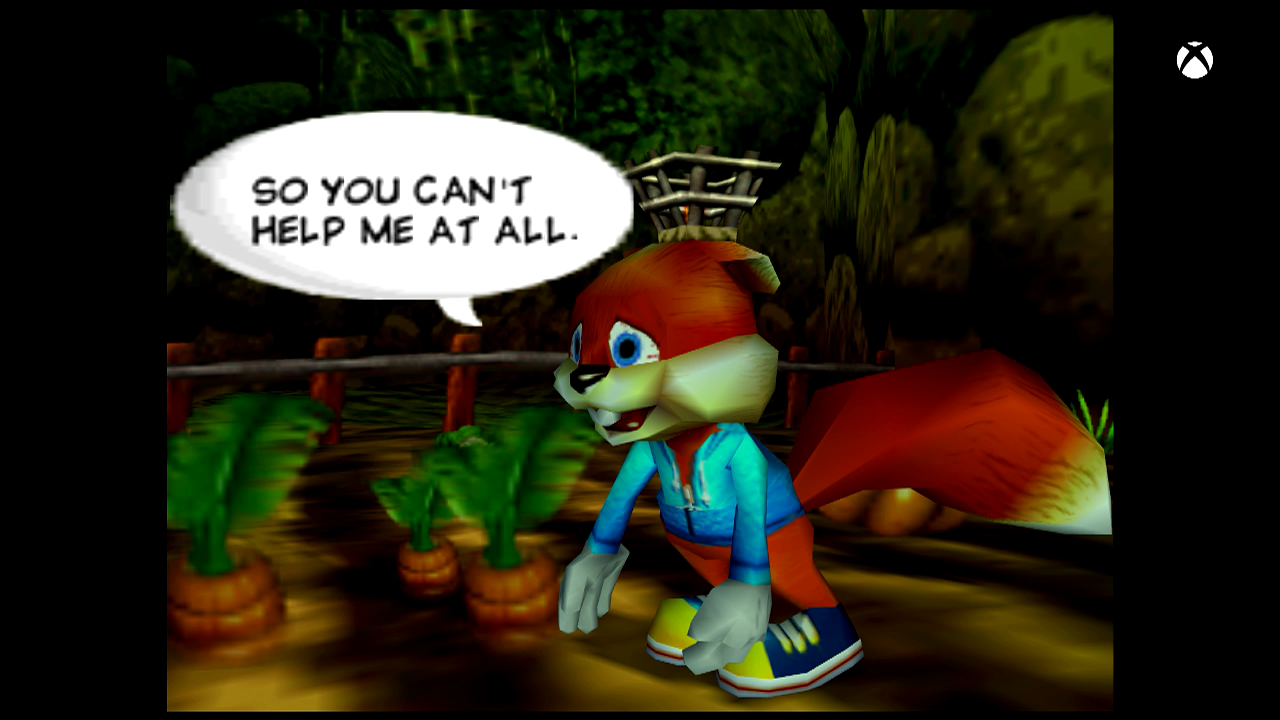
The part of the collection that evokes the strongest reaction from me is the section of games that were originally made for the Nintendo 64, starting with 1996’s Killer Instinct Gold, though that’s the least relevant of the bunch. These seven games, culminating with the spectacularly polished 2001 Conker’s Bad Fur Day, came from a Rare that was partially owned by Nintendo and that would take turns with the Japanese giant releasing the best games on the N64. The Nintendo 64 had far less development support than its chief rival, the first PlayStation, which made Rare, for me, the conveyor of five-star meals in between months of starvation. Rare’s N64 games were my entertainment in college and slightly beyond and going back to the likes of Blast Corps, Banjo-Kazooie and even Jet Force Gemini bring me to a time when I had a shocking amount of free hours to master cleverly complex and at times punishing games. I’ve not played most of these games since 2001 or so and am stunned with how much I remember their scenes and secrets.
I think Rare Replay is primarily aimed at people of my gaming generation, but I guess slightly younger gamers will smile politely when reminded that Grabbed by the Ghoulies (2003) exists, will recall Kameo (2005) as “that pretty Xbox 360 launch game”, and regard the Viva Piñata games (2006, 2008) with the mutterings of “hey, these were fun, but Microsoft paid $US375 million to get the studio that made Donkey Kong Country and GoldenEye to make this???”
While we don’t normally note price in Kotaku reviews, I do think it will matter to anyone reading this that all of the above, this entire collection, goes for $US30.
What Rare Replay Really, Really Is
The sweep of Rare Replay is unprecedented and the delivery of it is, well… let’s call it unusual and in need of what hopefully is not too much explanation.
Rare Replay, you see, is possibly the most strangely-delivered game ever. It consists of 10 discrete pieces of software: the main Rare Replay application which contains 21 games as well as nine standalone Xbox 360 games, all of which run on Xbox One through the system’s recently-unveiled backwards compatibility. Apparently, the collection has this 10-application structure even if you buy it on disc.
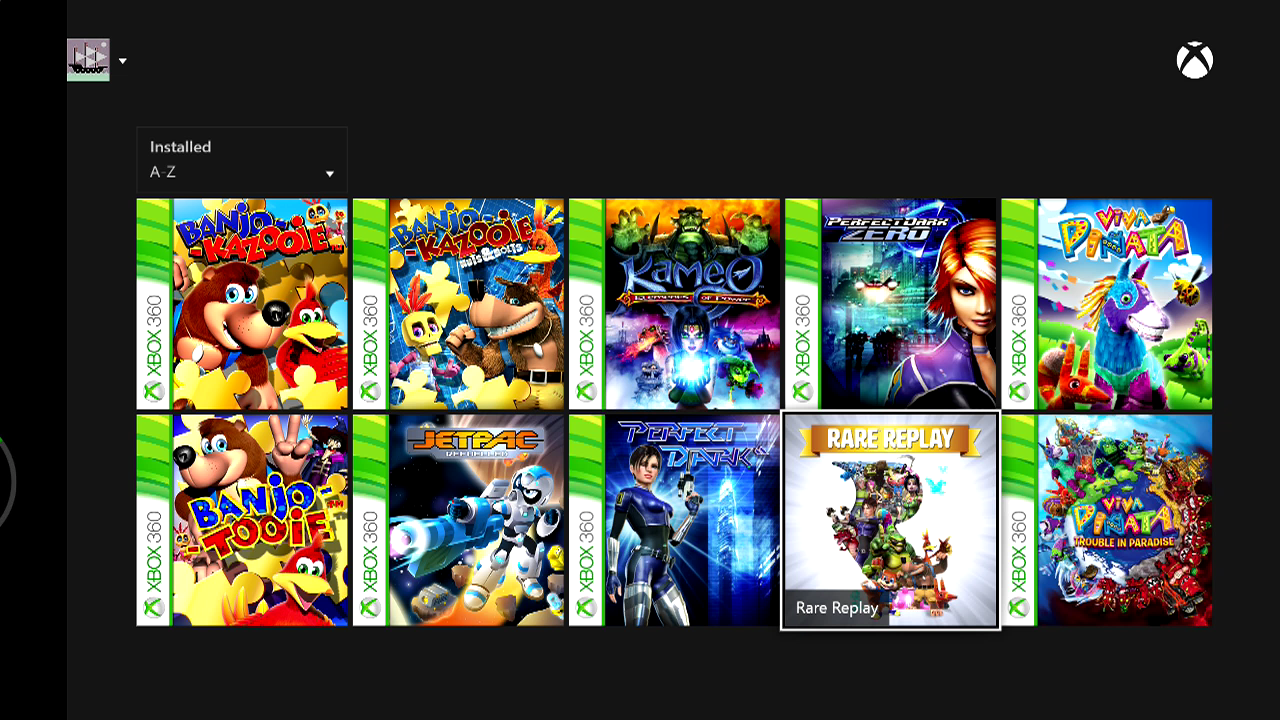
The full bundle nets out to about 50GB and will show up on your Xbox One as 10 different icons. When you load Rare Replay, you’ll see a gallery of all the games and options to start each one, but if you choose any of the 360 releases like, say, Kameo, you’ll actually be leaving Rare Replay to boot up that game. It and all of the other 360 games are running on the Xbox One as the new console impressively emulates the Xbox 360. The perk there is that all of the 360 games can read any save files you might have uploaded to the cloud if you had played them back on the 360. The slight downside is that if you’re done playing Kameo or the other 360 games and want to go back to Rare Replay‘s title gallery, you’re effectively switching off Kameo and loading Rare Replay back up, going through its title screen and back into its menus. You can also ignore Rare Replay and just boot up the 360 games as their own thing.
(Do be advised that Microsoft says you have to go online once to activate the collection’s Xbox 360 games, so I don’t think any offline-only purchasers of Rare Replay will be able to play that part of the collection.)
The first 16 games in the collection run on an emulator that supports rewinding and save states, which makes the games a shade easier. They’re also available to play in a mode called Snapshots that chops each of the games up into sets of five challenges a la Nintendo’s recent NES Remix compilations. These challenges help reveal how the games work, but they are also extremely difficult. You can load virtual instruction manuals to get a little more assistance, but you’ll likely still find most of the early 16 games about as easy to grasp as Greek.
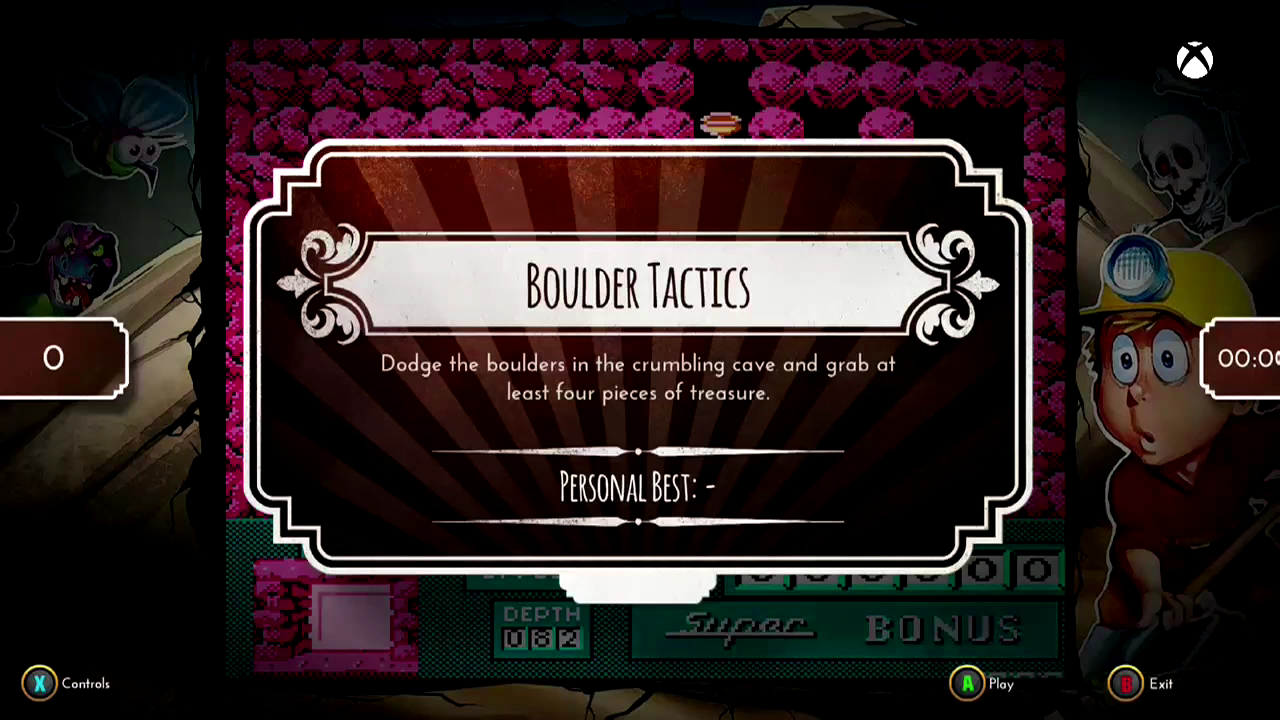
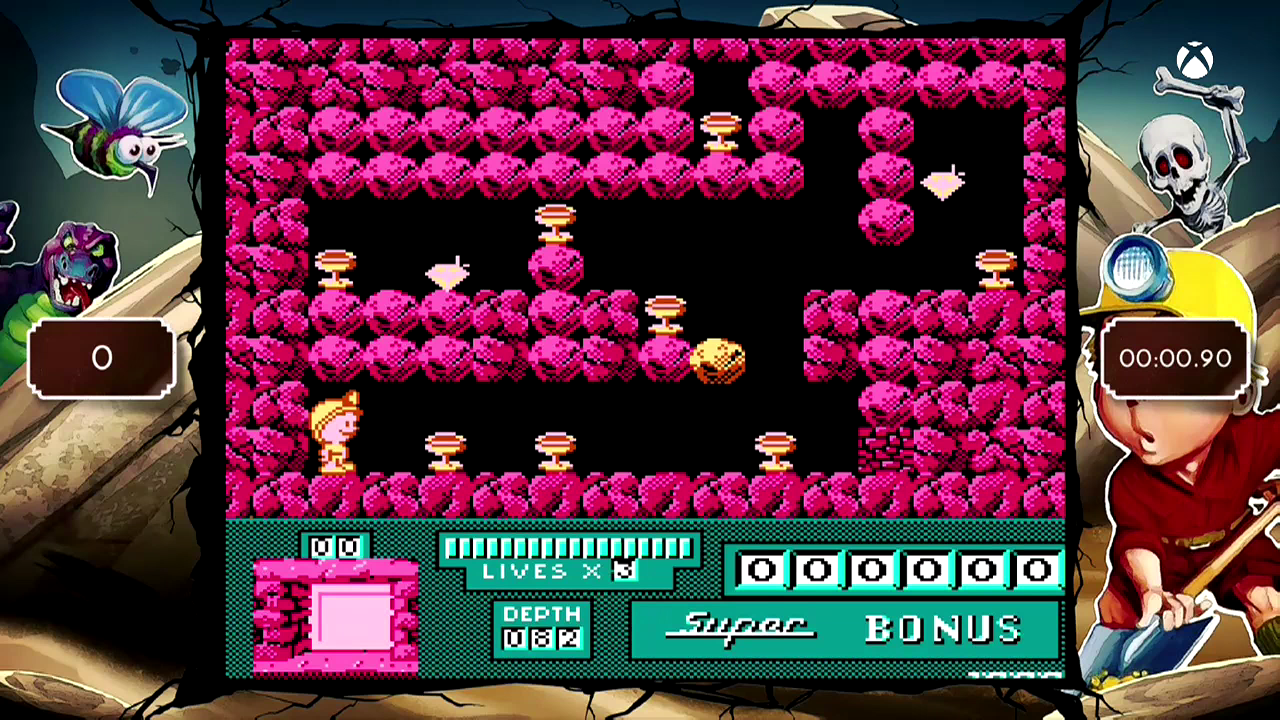
Making the software bundle even stranger, three of the N64-era games — Banjo-Kazooie, Banjo-Tooie, and Perfect Dark — are offered in the form of their Xbox 360 up-rezzed ports, subject to all that I just wrote about how 360 games work with the collection. Four others — Killer Instinct Gold, Blast Corps, Jet Force Gemini and Conker’s Bad Fur Day — are running on a Nintendo 64 emulator. Yes, the Xbox One is running an N64 emulator. Presumably Nintendo has been informed. Strangely, Rare Replay is not using the Xbox remake of Conker. The N64 version is still technically impressive with good graphics and a lot of funny voice-acting, so it’s not a big deal and probably for the best.
Fun fact: thanks to this collection, there are now more Nintendo 64 classics available to play on Xbox One than there are on the “virtual console” service on Nintendo’s own Wii U console. Shameful, Nintendo. Shameful.
I think the technical term for all of this would be to say that Rare Replay has been kludged together. If it takes this kind of rubber banding and duct taping to preserve a swath of gaming history, so be it. Scrolling through Rare Replay‘s gallery of 30 games is an extraordinary sight. I’ve approached the collection in a variety of ways over the last several days, and one of the most interesting experiences I had was just dipping into the first 26 or so games, one at a time, sampling a little and moving on. I saw the progression of game graphics starting with the confident but basic 2D sprite work of the earliest Ultimate days to various isometric experiments and to the smoother animations on the Nintendo Entertainment System. I saw the evolution of N64-era visuals from damn near Cezanne abstraction through something that nearly looks modern. I saw the leap of the Xbox 360 titles, which launched with a game, Kameo, that is still attractive today.
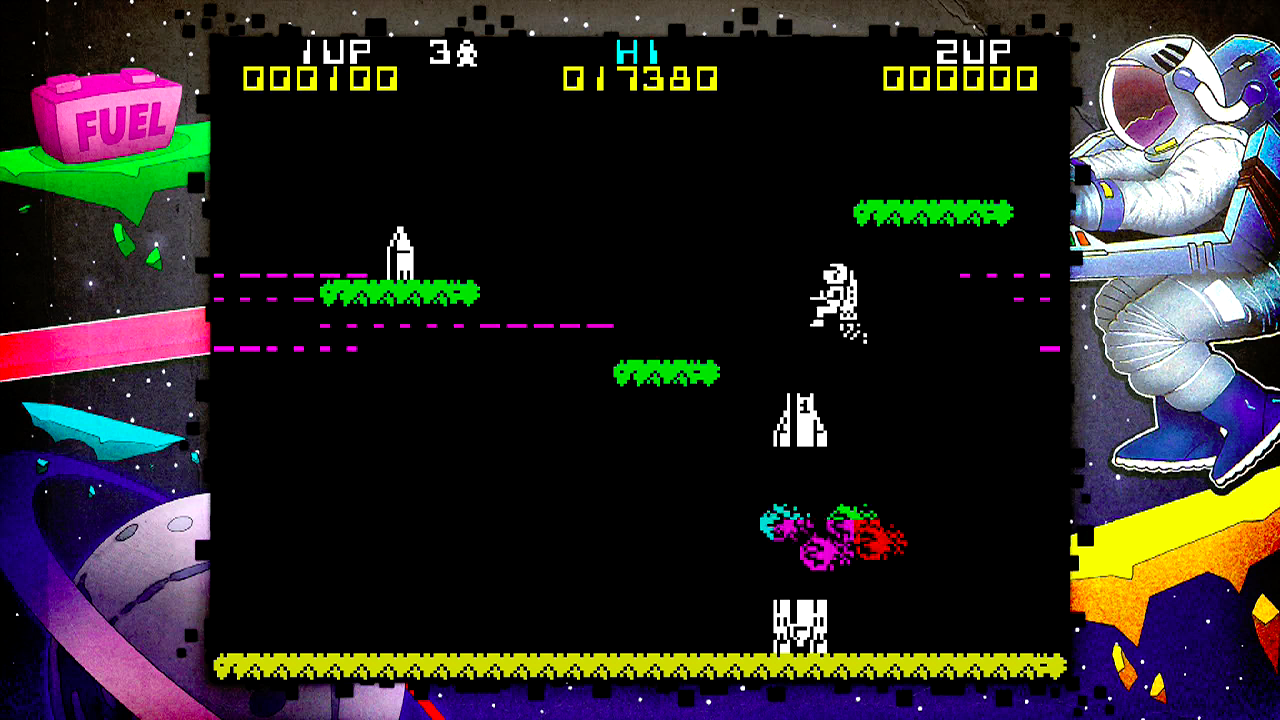
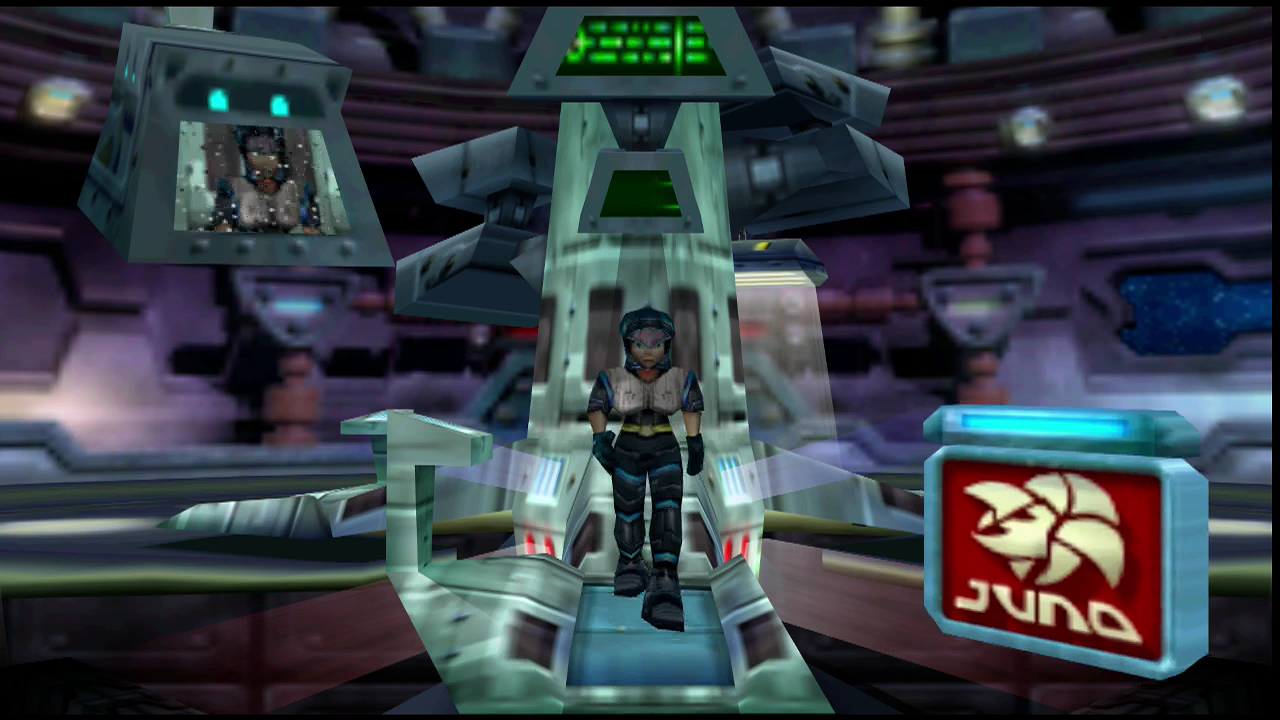
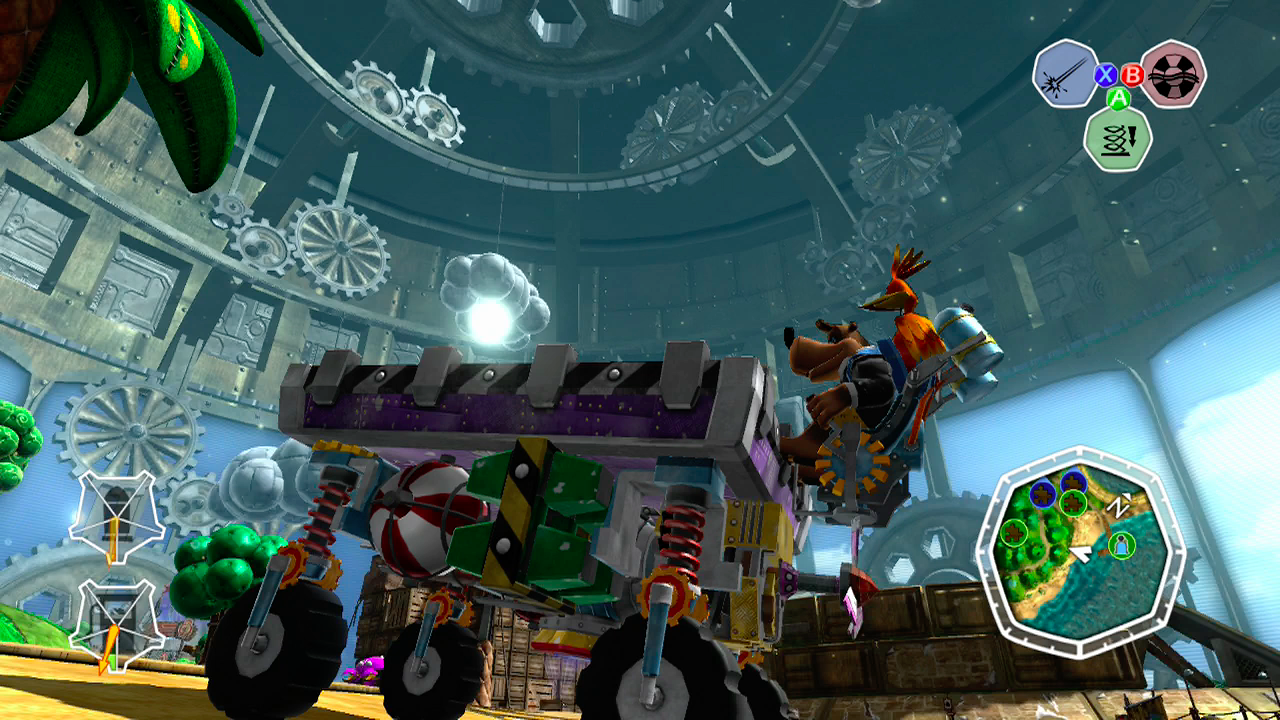
It’s amusing to go through these games and even see the evolution of interfaces and button prompts, including the garish detour that is the one original Xbox offering in the bundle. There are some delightful anachronisms, such as the Xbox One button prompts that pop up in what looks like an otherwise clean emulation of the N64’s Conker’s Bad Fur Day:
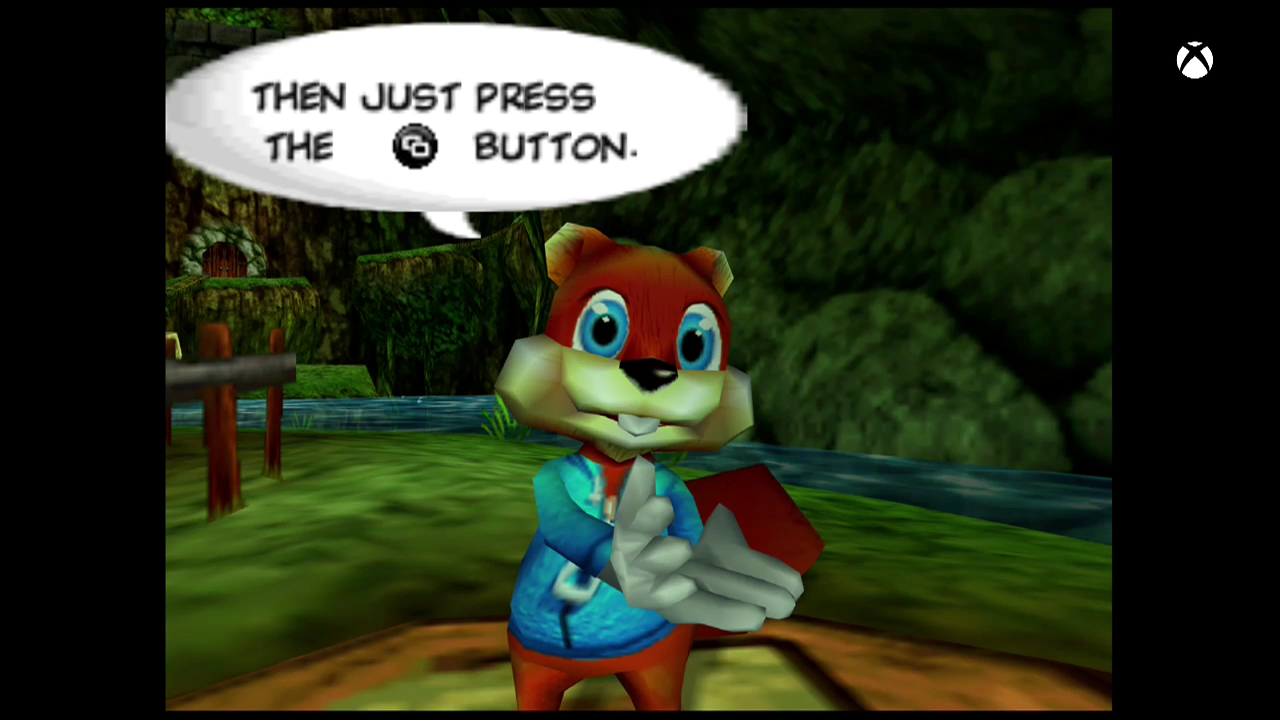
What Rare Replay Is Not
Pete Rose isn’t in the baseball hall of fame, and Rare’s two most famous games aren’t in this great collection of the studio’s top work.
You won’t find legendary Super Nintendo sidescroller Donkey Kong Country (1994) or its sequels, and you won’t find the N64’s James Bond game GoldenEye 007 (1997), the most popular and impactful console first-person shooter this side of Halo. Inclusion of both was presumably disqualified for licensing reasons. It’s still a shame that they don’t even show up in the game’s opening musical number nor in the collection’s archival video montages of the studio’s work.
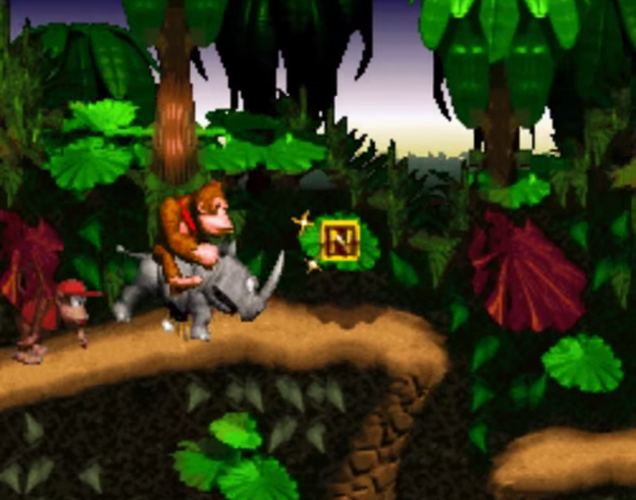
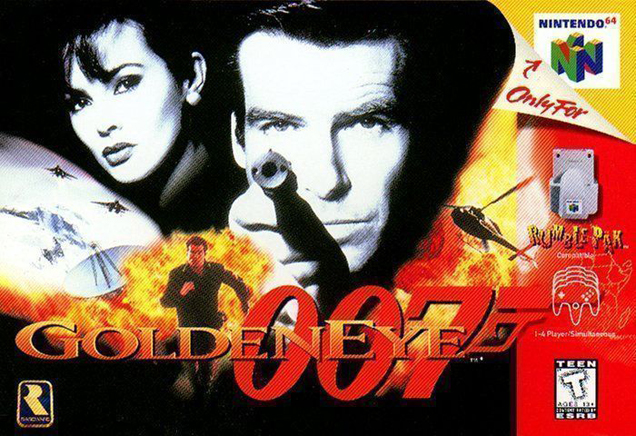
At least Rare Replay includes Perfect Dark, GoldenEye‘s spiritual sequel and in many ways a better game.
Also missing are the company’s well-regarded kart-racer Diddy Kong Racing (1997), the 3D platformer Donkey Kong 64 (1999) and any games Rare has made since November 2008’s Banjo-Kazooie Nuts & Bolts, namely the body-controlled Kinect sports games that were released for Xbox 360 and Xbox One. The absence of all of those are less likely to be lamented, but missing them keeps the collection from conveying key rhythms in the studio’s three-decade symphony. We miss any of the many instances of Nintendo trusting Rare to work with central Nintendo characters. The exclusion DKR and DK64 removes two notes to which 2001’s Conker’s Bad Fur Day — what with its rejections of cutesy characters and formulaic 3D platformer design — was such a refreshing backlash.
The omission of the Kinect games is understandable in that Rare Replay is surely a partial attempt at image rehabilitation for a studio that stopped making classic games many years ago. Without the Kinect titles, Rare Replay is really just a celebration of the studio’s first 23 years, with its most recent release, Nuts & Bolts, having been released just four days after Barack Obama was elected President of the United States (and a couple of months before he took office). Hopefully that means that Microsoft is committed to making the Rare of 2015 deliver the kind of deep and daring games this collection contains and not the recent forgettable stuff.
The collection’s games indirectly tell much of the history of Rare, but they don’t literally tell it. Neither do the documentaries which never just stop and explain what Rare is, where it came from or even how it went from indie to Nintendo’s closest partner studio to being bought by Microsoft. Tim and Chris Stamper, the brothers who founded the company and left about a decade ago, were in none of the documentary clips that I unlocked.
Nintendo’s instrumental role in Rare’s history is buried a layer deep. The game’s menus don’t mention which platforms ran any of the 30 games and Nintendo logos don’t appear in the collection’s NES and N64 games. A series of unlockable documentaries do feature developers mentioning connections to Nintendo, such as Jet Force Gemini being based on Diddy Kong Racing programming code. Those making-of documentaries cover a smattering of games from Battletoads on. In them, Rare’s designers speak more freely about working on Nintendo platforms and you get more of a sense of how a studio that was working for the people who had just released Super Mario 64 dealt with being that close to the sun.
Please Allow Me To Drool About Blast Corps
I remembered Blast Corps as one of my favourite games and, now that I think it through, it’s got to be my favourite game that never got a sequel. Released for the N64 in early 1997 when hungry console owners would settle for anything, it could have been the beneficiary of good timing, but, no, I’ve now played it again for the first time in probably 15 years. I can officially say it holds up incredibly well. Fans of blowing shit up (virtually, you sickos!) will like this game, as will fans of very good level design.
Blast Corps is an odd game with an odd premise that’s even less plausible than the plot of a modern Call of Duty. There is a runaway truck that is carrying something explosive. This truck can’t turn, can’t speed, can’t slow down and for some reason it is not running out of gas. It is driving automatically and inexorably through a series of levels, each of which is a patch of land covered in houses, office buildings, factories and other structures that are in this apocalypse truck’s way.
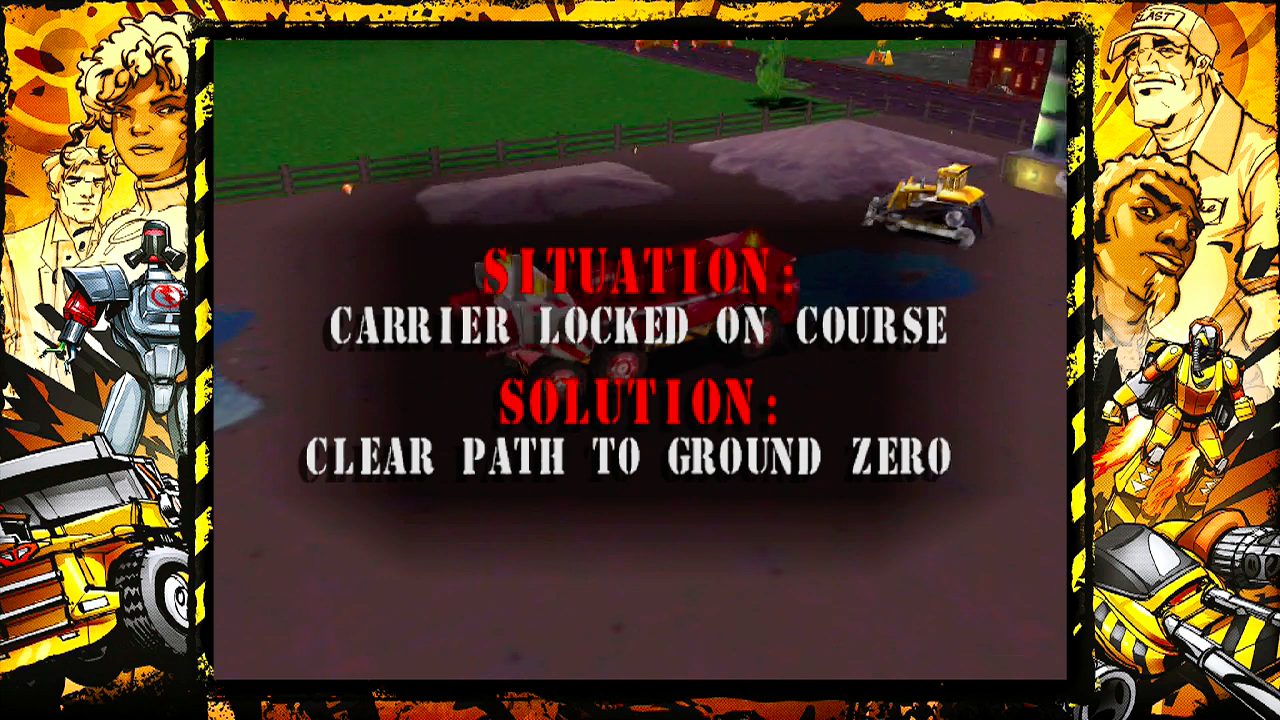
In each of Blast Corps‘ level you’re given access to one or more demolition vehicles and simply have to get out ahead of the truck and destroy anything blocking its path. You can smash through buildings with a bulldozer if you’re luck enough to be given access to one, but if you’re given the dump truck — oh the damned Backlash dump truck! — you mostly have to rely on power-sliding into buildings to crush them with the rear of your vehicle.
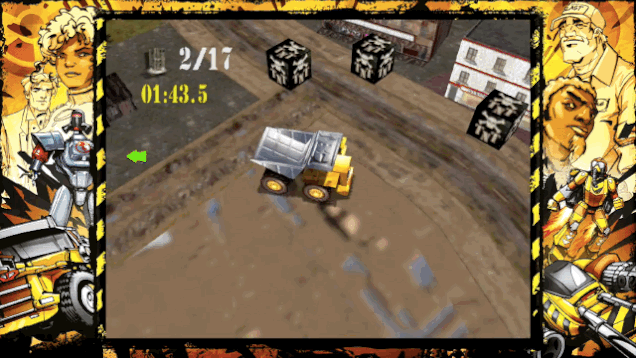
There’s a motorcycle that shoots missiles and a truck that bulges at its sides on command. And there is a trio of mech suits, one that somersaults through buildings, one that rolls through them and one that you use to fly above them in order to then smash them from above.
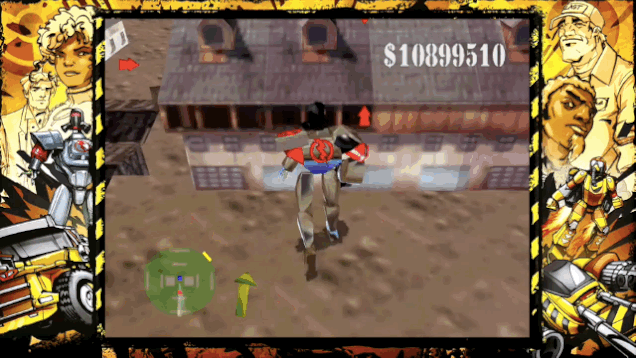
The vehicles are (mostly) fun to control and the levels are (mostly) brilliantly designed, with all sorts of structural and navigation challenges that complicate your path-clearing duty.
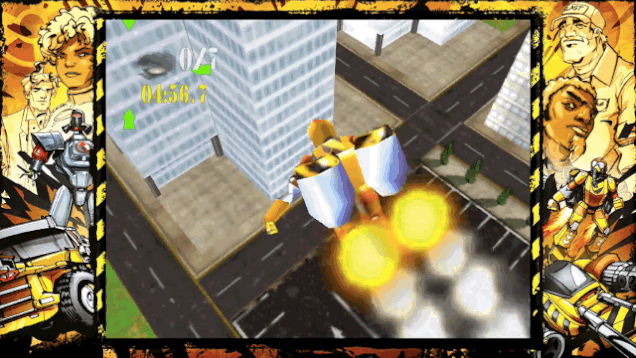
The game is also stuffed with secrets: off-shoot levels that serve as homages to R.C. Pro-Am and Pac-Man, bonus vehicles all inspired by 80s action TV shows, and, eventually, a post-credits mini-campaign set in outer space. There are some brutally difficult levels late in the game which had me wondering how the hell I cleared them back in the 90s. If only Rare Replay‘s N64 emulator supported rewinding. Most levels are just tough enough to get through and are full of fun surprises to discover when you return to them to clear them at 100%.
Blast Corps is one of the crown jewels of the collection and a must-play.
The Shocking Quality of Perfect Dark
Some of the games in this collection lived in long shadows. Super Mario 64 cast a big one over Rare’s 3D platformers, but I’ve raved elsewhere about how Banjo-Kazooie shone through it. It may not control as well as Super Mario 64 but it has more personality than Nintendo’s game and I dare say is on par in terms of level design. Rare’s own loose adaptation of the James Bond movie GoldenEye was a single- and multiplayer smash hit. Its Rare Replay-featured successor, the futuristic Perfect Dark, is a great follow-up, a shooter so distinct in its features that it itself has no worthy successor. It is a fast, slick shooter with lots of surprises including an expanded suite of multiplayer options that includes co-op, programmable artificially intelligent bots and a “counter-op” mode that lets one player truck through the game’s solo campaign while an opposing player body-hops from one enemy to the next.
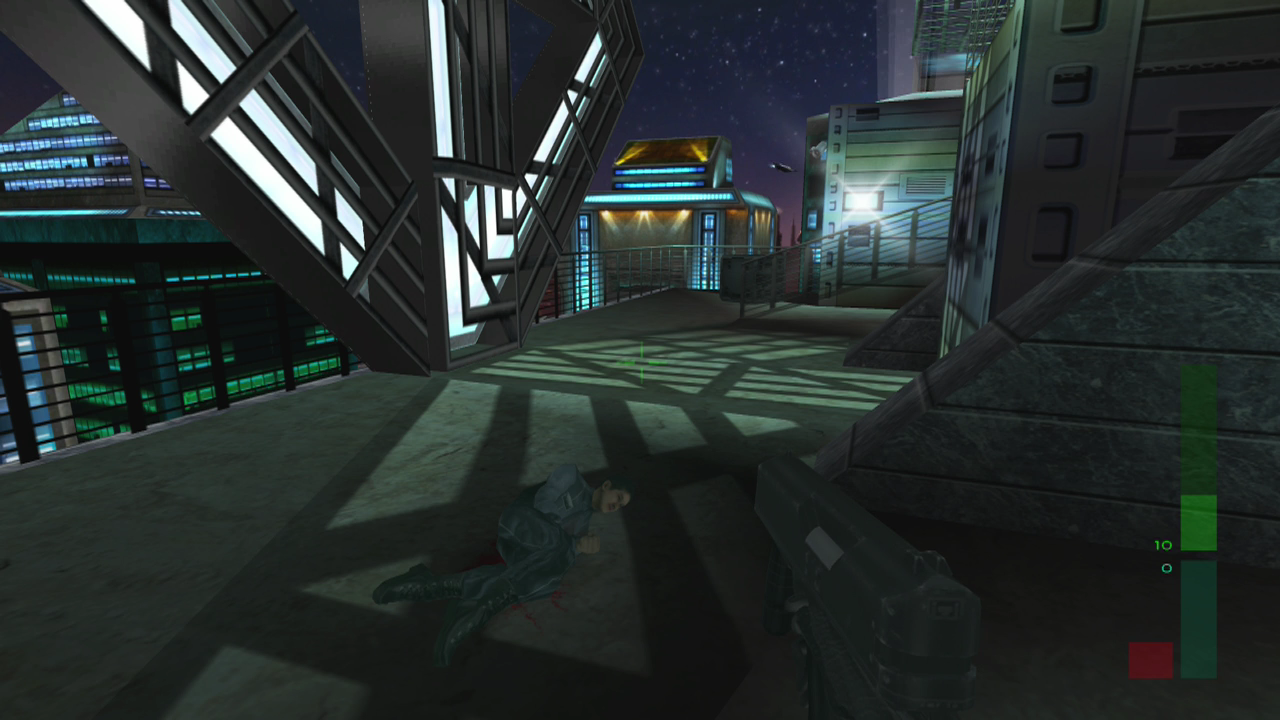
Perfect Dark‘s campaign is among the best ever offered in a shooter, though you won’t notice this if you only play at the game’s first or second difficulty level. As with GoldenEye, it plays differently on harder difficulty levels. More so than GoldenEye, the higher difficulty levels transform the game. At its starter “agent” difficulty, Perfect Dark is a breeze, basically a low-threat shooting gallery for players to race through as special agent Joanna Dark in a Blade Runner-style high-tech, urban future. Higher difficulty levels present tougher enemies but also force the player to pursue more objectives.
At mere “agent” difficulty, the first level of the game has you dropping onto the roof of an office tower to track down a CEO, knock them out and use their key to access a secret door down in the lobby. At “perfect agent” difficulty, you’re doing that, but having to explore a lot more of the level so that you can find ways to disable communications and force an enemy to hand over computer files.
At the start of a later level in”agent” and “special agent” difficulties you’ll have to use a sniper rifle to kill a gunman who is holding a hostage. In “perfect agent” the level starts with you as the hostage. The entire campaign has clever twists like this as well as an impressive suite of increasingly high-tech guns, all of which have secondary features. One of them, the Farsight, tracks and shoots enemies across entire levels with a thermal view that sees through walls. It’s great!
Perfect Dark is another of Rare Replay‘s must-plays.
Yes, Nuts & Bolts Is Good
The first two Banjo-Kazooie games are must-plays in this collection, but so is Banjo-Kazooie: Nuts & Bolts, which would be the most neglected game in the Banjo series if there hadn’t been a portable BK that no one ever talks about.
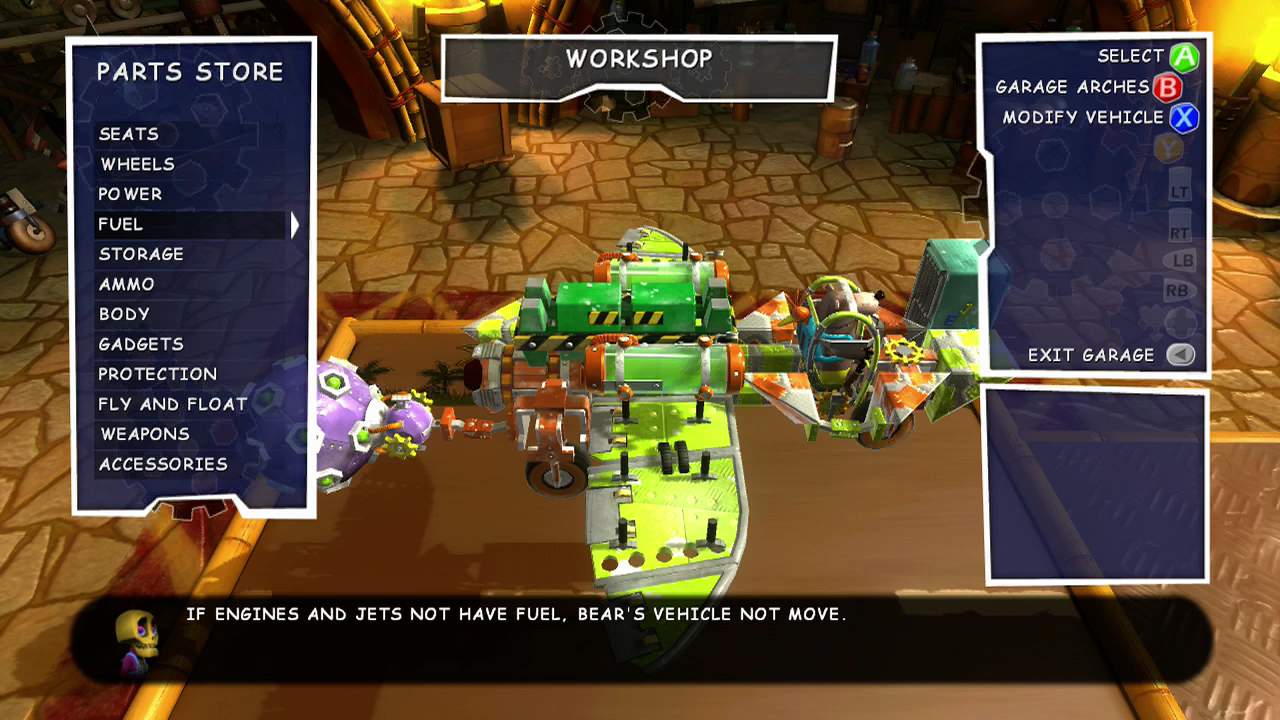
Those first two Banjo games were pure 3D platformers, all about running, jumping, enemy-punching and item-collecting. Nuts & Bolts was a little like that but was centered on a crafting system, since the way you got through the game’s challenges was by making vehicles that raced, jumped, enemy-punched and item-collected. The more you played, the more parts you’d be able to use. The more creative you were, the better you’d do.
I raved about the game in 2010. An excerpt:
In one mission, I kept failing. I couldn’t win a race. The other racers passed me every time. I messed up the same turns. And I probably could have overcome all that by trying and trying and trying again. But the lightbulb went on. I went into the Nuts & Bolts garage. I started rebuilding my vehicle. You construct these vehicles as if you’re making Lego builds, bolting on cubes and cones, latching one part to the next. I was having trouble making a turn? I’d reshape the fender. A guy was passing me on the sides? I’d add a gun on the side to shoot him away. I was falling behind? I added an extra engine, some extra fuel and then lightened the chassis so I was still swift enough.
I didn’t get better at the game. I made myself better at the game — by making something better for myself.
My point is that you should consider all the Banjo games in the collection mandatory. They’re all spectacular.
Let Us Now Marvel At Grabbed By The Ghoulies
Just kidding. Let’s not. Hey, at least I powered that one on. It was Rare’s first game for Microsoft and the studio’s only release for the Xbox. It starts up with so many barely-interactive sequences that it will make you wonder if Microsoft bought Rare to make movies. At least I gave it 10 minutes. I didn’t even start the much-maligned Perfect Dark Zero. Full disclosure: I tried it back in the day and had better things to do in August of 2015.
The Fantastic Fluke Of Conker’s Bad Fur Day
As well as Blast Corps holds up, Conker’s Bad Fur Day might hold up even better. I can’t say for sure, since I haven’t played more than an hour of the game in its emulated Rare Replay form. What I have played of the profane 2001 adventure, though, has impressed me all over again.
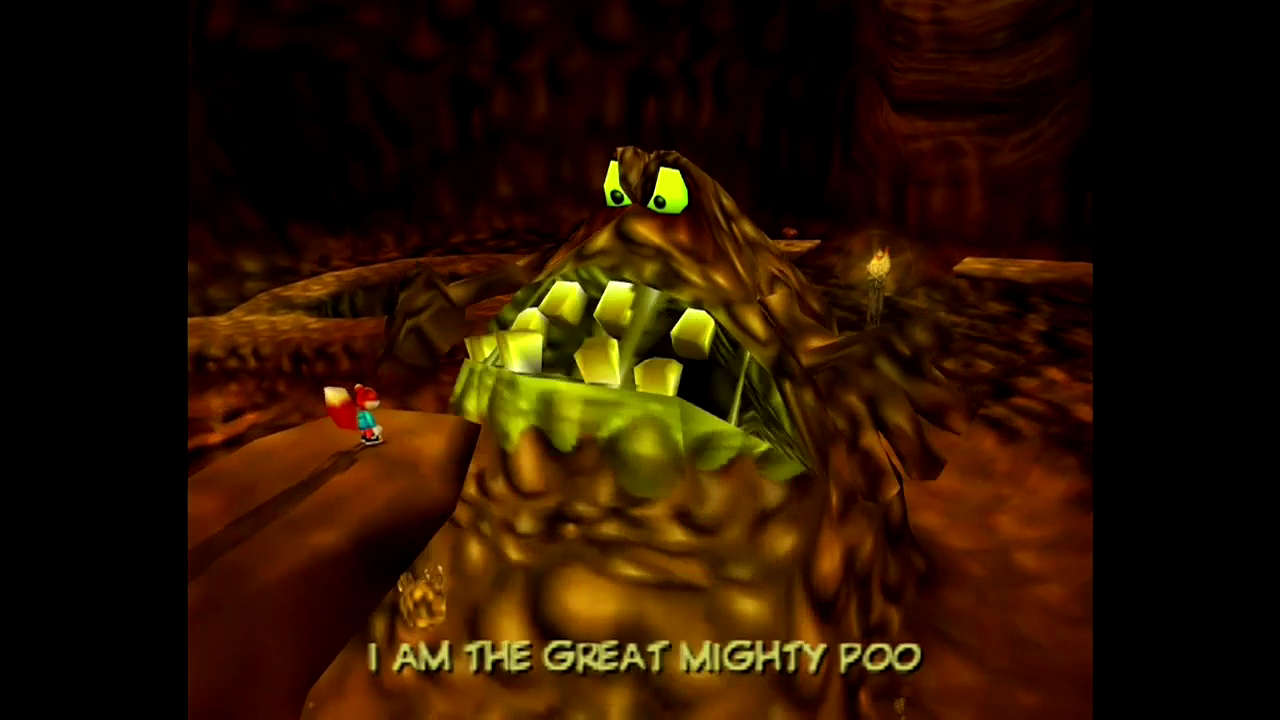
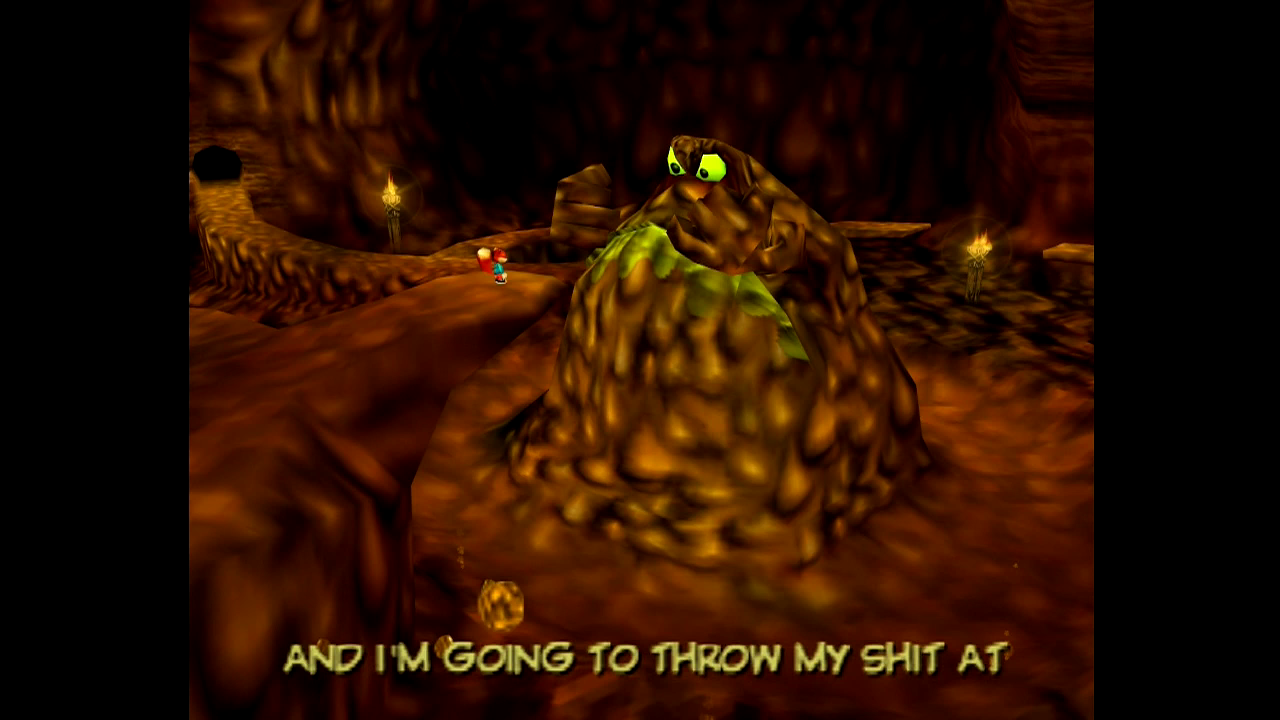
You may have heard of the game and thought of it as a 3D platformer about a pissed off squirrel and that it contains lots of cursing and toilet humour. That’s sort of right, since it does have platforming, cursing and a boss character called The Mighty Poo, who sings an opera about shit while you throw toilet paper at him.
The multiple Stanley Kubrick references at the start of the game, however, correctly hint that this game is for people who at least occasionally have good taste. Even in my brief return visit I was seeing slick, if N64-simple character animation, funny dialogue and an excellent sense of character. Here’s just a snippet from the tutorial of all things:
There’s a decent chance I’m forgetting the game’s worst moments in gameplay or tone. Apparently even its creators have second thoughts about its tackiest elements, with designer Chris Seavor mentioning in a Rare Replay documentary about the game that he wouldn’t include the scene with Conker bouncing off a buxom sunflower’s breasts if he had to make the game again.
What I do recall of Conker is that it is intermittently a low-brow game that has you controlling our hero squirrel’s urine stream to roll a boulder and contains inspired, playable riffs on various movie scenes, from Jaws and Saving Private Ryan to one of the better Matrix sequences in the medium.
Yeah, this one’s a must-play, too.
The Sickest Joke In This Thing
The old knock on Rare in the N64 era was that their games were overly loaded with things you had to collect. The apotheosis and nadir of this was Donkey Kong 64 and its hundreds of bananas, all colour-coded to indicate which of the five playable characters could collect them.
Presumably Rare got over this. But maybe not.
Rare Replay has a “stickers” system that registers a player’s accomplishments, levels them up and unlocks behind-the-scenes movies as a reward. It is used to unlock content, though in my experience it’s really just serving to lock some cool stuff away from the vast majority of people who will buy the collection.
You can get a single sticker for starting each of the collection’s games, but those are just about the only easy ones to obtain. I played most of the collection’s games and tried all of the challenges in the Snapshots mode, each of which can grant you a sticker. I synced save files from my completed Xbox 360 copy of BK: Nuts & Bolts, played through the first levels of Banjo-Kazooie and Perfect Dark. I played a couple of hours of Kameo and played to the credits of Blast Corps, 100%ing every campaign level. I reached what will probably be the peak of my skills and interest in the collection’s older, pre-N64 games and don’t expect to spend much more time with at least four of the more modern releases.
For all of that, I’ve reached level 10 in the stamp album, six stamps per level and have discovered that I now need 12 for every subsequent rank. This all would be a big who-cares if it wasn’t for the fact that I only barely managed to unlock making-of videos for Blast Corps, Battletoads, Jet Force Gemini and a few other games.
Worse, I have pretty much no chance to level up to rank 18 — 72 more stamps from now! — to unlock the five movies that detail the unreleased Rare games. I’d really like to watch them.
I think I’ve made it clear even in this review that I was a big fan of Rare for many years and adored many of its games. That I probably won’t be able to unlock these documentaries seems wrong, no? I guess I’ll have to wait for someone else to unlock them and put them on YouTube.
(Note that some of the sticker reward conditions are absurd. You can get 10 stickers tied to Conker’s Bad Fur Day, but only one of them can be earned from playing the game’s heralded single-player campaign; the other nine come from playing the game’s more obscure multiplayer modes.)
Weren’t There Other Games In Rare Replay?
I haven’t even described most of the games in Rare Replay, but to keep your reading time of this review under 30 years, I’ll spare you. I do think people will enjoy at least dipping their toe into the older computer games to see what a mid-80s werewolf game like Knight Lore plays like or to sample the genuinely pleasing single-screen shooter Jetpac.
I was surprised at how much I liked the Xbox 360’s Kameo, a game whose introductory level had put me off when I tried it a decade ago. Once you are past it and stripped of your powers you begin the game properly as an elf lady who has adventures in pretty lands and slowly acquires the ability to transform into a range of pugnacious creatures. The game has towns, an overworld and dungeons with some puzzles in them. It feels less elaborate than a proper Zelda, but the intent to make something similar is there and is fine by me. I’m going to go back and play a lot more of it.
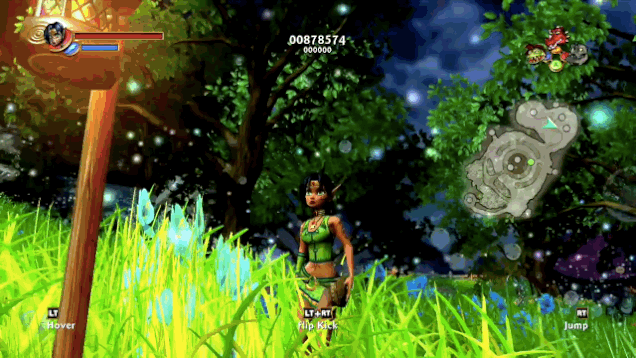
The Viva Piñata games can get tough. They’re gardening simulators that require careful attention to food chains and breeding. They have got great character designs, too. The games are Rare being weird, and weird Rare is the best Rare.
Battletoads, folks, isn’t for me. Sorry!
And Jet Force Gemini? Aside from its insane controls, it has really, really good music. I’m going to play it more and see if I can figure out how to actually shoot things while moving. Maybe it gets easy in the 46th hour.
A Note About Performance: The last time Microsoft tried to bundle together major games from multiple systems, the result was the glitchy Master Chief Collection, which required apologies and lots of patches, largely for its online multiplayer modes. Rare Replay presents games from many more generations and has its own mostly bearably and presumably to-be-patched performance issues.
I found that completing challenges in the Snapshots mode occasionally caused all of Rare Replay to crash — thankfully only after registering that I completed the challenge. I regularly had most of the audio from the games running in the N64 emulator cut out after I would use the Xbox One’s Game DVR app to grab footage from them. Backing out of the game to Rare Replay’s main menu would fix the issue. I sometimes had trouble booting up the Xbox 360 games and, the first time I played Kameo, the only audio I had during the introductory level was the game’s soundtrack.
None of these problems were so severe that I’d warn people off from playing Rare Replay, since they were relatively uncommon and never impacted gameplay. Microsoft has been talking about day-one patches for the game which my system supposedly already downloaded. Several of the 360 games also just got patches today which hopefully improves their performance. I will update this review if I notice that any changes to how the games are running.

Comments
32 responses to “Rare Replay: The Kotaku Review”
It’s ‘installing’ on my Xbone at the moment. I swear I wish I could just put in a disc and play a game on the system but whatever. It’s hard to tell if something is installing or downloading, I wish they’d give you that information since this install is taking a strangely long amount of time.
I bought this purely for Perfect Dark and the Viva Pinata games which I’ve always wanted to play. So $44 for the chance to play them? Sounds great!
I was disappointed to read that you have to connect online at least once to access banjo kazooie, how hard is it to put the games on the disc?
It’s because the games that were released for the XBOX 360 are accessed via the XBOX One’s backwards compatibility mode rather than being part of the core Rare Replay program, which means they have to download a copy off the store then emulate it on the XBOX One. It sounds dumb and it’s really awkward but it means that they didn’t have to worry about breaking the games when repackaging them. I believe it also means you can play them on an XBOX 360.
To speed up installs go into settings and make your xbox go into offline mode then install off the disc. Then connect to the internet and start the game to download the patch. For some reason this works out faster than just doing them both at the same time and also means you can play another game while it downloads the patch (you cant do this while the disc is installing).
Thank you kindly!
Give Blast Corps a go, it’s a brilliant one.
No mention of the intro? Modern Rare has a lot of trouble living up to expectations, but that intro was dead on.
I didn’t get much of a chance to play around with it last night but so far my only issue is N64 era controls. I think I can look past it but I was really hoping they’d surprise us by giving the controls the same treatment Banjo Kazooie got.
Oh shit! Rare made Digger T. Rock? No wonder why I loved it as a kid.
As for Nuts and Bolts, I’m always put off for the stupidest reason. One of the concept artists on the game is kind of… creepy… and a dick.
Now I’m imagining a human sized penis hunched over in front of a computer screen with a tablet and pen in their hands doing concept art and posting images from weird sites to everyone.
Am considering getting an xbox one just for this collection (plus any other exclusives that come along)
Is this available as a digital download on xbox live?
Yep you can download it.
Although by the sound of things it’s going to serve as an advertisement for the new Xbone HUD when it lands later in the year.
Pretty annoying that the games are all stored separately on the HDD. That’s a lot of unnecessary clutter.
Things are going to get pretty crazy if they don’t add a ‘filter out XBOX 360 titles’ option. Anyone who has had a year of XBOX Live Gold is going to be flooded.
Can’t you make folders for stuff?
n00b.
Can’t say I’m not just a little disappointed that some are still 4:3 and emulated. But I suppose, especially considering the price, it’s just because of the logistics that come with putting together such a daunting amount of games.
Man, I wish they’d updated the controls for JFG. I need did go back and get all the friggen tribals…
Oh man, I did that back in the day. Controls were a bit weird but after a few levels I got my groove. It was such a pretty game at the time and I always remember the soundtrack really blew my mind. It was great.
Apparently there’s a patch coming for it.
sux2b plasma owners. Can we do something about those game borders?
Don’t forget that its on sale for $38 at Target! Going to price match today 🙂
Link to the catalouge in case anyone is price matching like me (pg31): http://testcatalogue.target.com.au/catalogue/new-season-kids-spring-fashion/14370946393502.html#pageNo=30
$39AU online if you download it from the US Xbone store (by the time you factor in exchange rate.
That’s my plan.
you had me at conker and then lost me at saying perfect dark was better then golden eye.
how dare you.
There’s nothing wrong with being factual.
how dare you…
No love for Star Fox Adventures? In everything that I’ve read that game is continually missed off the list of titles that aren’t in the package. Am I missing something? I remember that game being awesome.
How does knightlore play????
Oh, Digger T. Rock… that screenshot got the end-of-level exit tune in my head, It’s like I’m 9 again.
*tap tap tap. Nothing. *tap tap tap. Pebbles… come on, Power Mushie! I have to get past that damn T-Rex! *tap tap tap. …Nothing.
BLAST CORPS!!!! I was thinking of this game the other day but couldn’t remember the name.
Had so much fun playing that on the N64.
“Let the old fogeys…”
Strangely snarky jab about older gamers there. Yes I’m over 40. I played a lot of games in the 80s and still play now. We layed the groundwork of early gaming geekdom and endured society’s hate so you could play a cool hobby now 🙂
Rare is just a company, and I’m under the impression that most, if not all, of the people who made those beloved games have since left.
if they would release this for windows 10. id be all over this like white on rice.